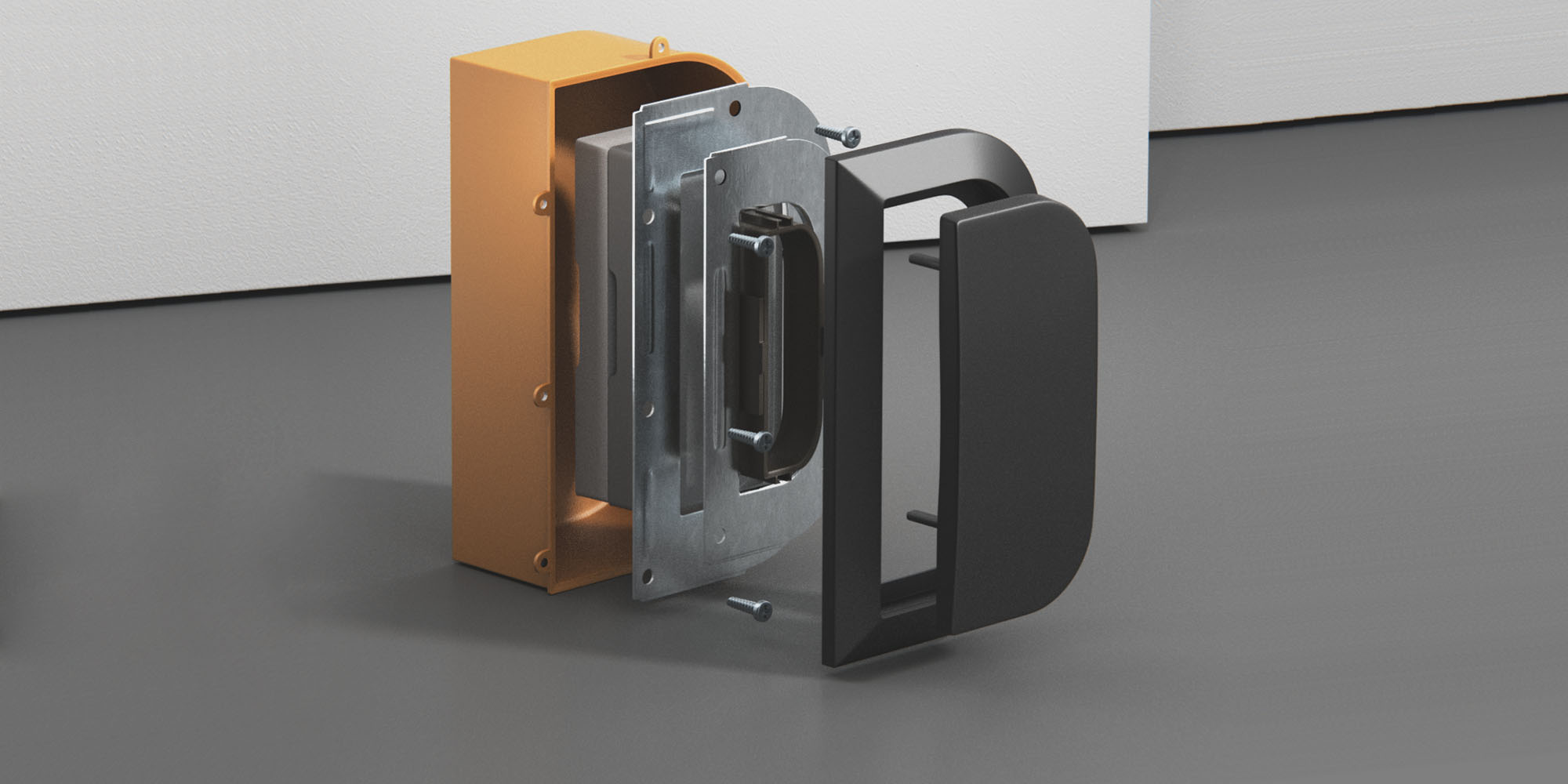Data from the reward loyalty program’s inception…
An incentive loyalty program is heavily influenced by data from the beginning. Consider a mid-size B2B distributor who just teamed up with HMI to launch a rewards program for their channel partners as an example. Even before the program’s launch, the client is likely to have a wealth of information about the intended audience that will inform its design, such as transaction history (frequency, quantity, and diversity of purchases), user profiles on e-commerce platforms, or any other quantifiable behaviors.
Using that information, we will create a program strategy that divides the client’s target audience into various subgroups, occasionally modifying the program to improve its effectiveness across the board. Depending on the objectives or KPIs our B2B distributor has for their incentive strategy, such as increasing sales revenue, developing product knowledge, or broadening the variety of products purchased, participants may be segmented by region, products purchased, previous year’s purchase total, and so forth.
Enrollment, engagement, and redemption are, generally speaking, the three areas where we use data to track and enhance performance when an incentive loyalty strategy starts. There are many different approaches to creating a points system, but they all incorporate those essential elements.
Enrolling
Assume that the incentive loyalty program plan for our B2B distributor debuts with a goal enrollment rate of 70% of invited customers. The figures will show how well things are doing in a few months: is the current enrollment rate at or near what was anticipated, or was it lower? Unsatisfactory enrollment rates frequently indicate a weakness in the implementation approach; perhaps the channel partners to be targeted should be expanded, or perhaps it’s time to enlist the client’s own sales force in spreading the word. The client might also consider adding a fresh program element, such as a gamification element or a refer-a-friend promotion, to pique the curiosity of invitees who haven’t signed up.
Engaging
The next step in our B2B distributor’s timeline is engagement: even if they easily reached the 70 percent enrollment goal, it doesn’t mean everything is fine. What happens if the participants are registered but fail to exhibit any of the behaviors the program is intended to promote, such as finishing a training session or boosting their product sales?
Actually, this is a quite typical issue: one of the biggest difficulties that new programs encounter is that many of their program invitees sign up but never take the essential next step of actually getting active.
Monitoring participant data can make it easier to find solutions. Our B2B distributor may attempt delivering a point bonus right away only for signing up to pique participants’ interest in the incentive loyalty program if they are enrolling but not doing anything else. They may try an email campaign saying “we miss you” if members are active in the first few weeks but then stop, or they may investigate whether the program structure is too complicated or awkward. Long-term participants who are seeking some freshness in the program may be attracted by a new special promotion. Or perhaps these individuals have demonstrated a higher level of confidence in face-to-face encounters with their channel partners than in automated email reminders. In that instance, our B2B distributor’s sales staff can consider employing various engagement methods.
Redemption
Redeeming actions take place concurrently with interaction in the last area we’ll examine. How to maintain members’ interest over the long run is another issue that frequently arises in point systems. For a while, a member might be fairly active in the program, but if they aren’t actively using the points they earn to get incentives, their activity is likely to decline.
If participants don’t spend their points, they frequently don’t feel like they’re being properly rewarded and won’t feel inspired to keep doing it. Participants need to feel like they’re being recognized for their hard work, whether it’s learning a new skill or selling more merchandise. If the data shows that participants are not using their points to their full potential, we and our B2B distributor client will need to come up with some creative solutions. We could test an email campaign that divides users into groups based on the number of points they have earned and nudges them to redeem prizes at comparable levels.
There are many methods to use data in a loyalty incentive program, but one thing is certain: as companies develop and expand, having the ability to understand and use data will only become more crucial and beneficial. The users of your loyalty programs, regardless of the type you operate, anticipate more individualized preferences, offerings, messages, prizes, etc., and data is the first step on that road. How well you are prepared to organize your data will determine how far you can go. The only issue is how you use it; data is here to stay.





